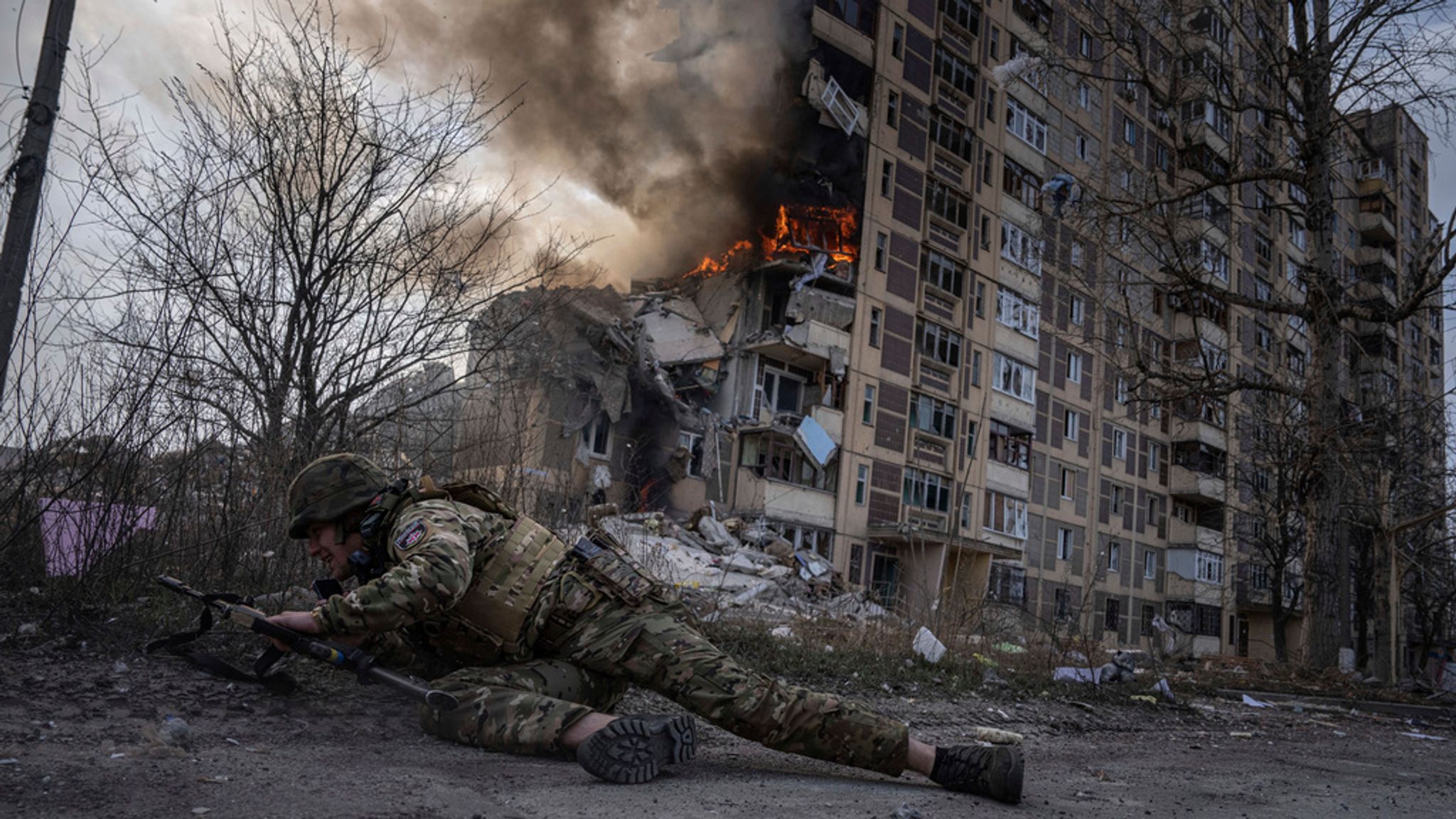Ukraine Under Siege: Russia Launches Massive Attacks on Energy Infrastructure
Politics
2025-10-16 12:18:52
👁️ 1 views

On October 16, 2025, Ukraine faced a large-scale assault on its energy infrastructure, marking one of the most significant attacks in recent months. According to Ukrainian authorities, over 300 drones and 37 missiles targeted gas facilities, power plants, and transmission lines, causing blackouts in eight regions, including the capital, Kyiv.
The attack comes amid heightened tensions in the ongoing war with Russia and illustrates the escalation of Russian tactics, which now increasingly target not only military objectives but also civilian infrastructure, directly affecting everyday life for millions of Ukrainians.
Scope of the Attack
Ukraine’s Ministry of Energy described the assault as “coordinated and highly sophisticated,” combining aerial strikes with small, maneuverable drones capable of evading traditional defense systems. Officials reported that over 60% of the affected gas facilities were temporarily disabled, with emergency teams working around the clock to restore power.
In Kyiv, the blackouts disrupted public transport, hospitals, and telecommunications networks. Several hospitals activated backup generators, and local authorities urged residents to conserve energy until services were fully restored.
Government Response
President Volodymyr Zelensky condemned the strikes as “a deliberate attack on civilians” and called for urgent international support to strengthen Ukraine’s energy defenses. The Energy Minister emphasized that while the damage is significant, critical infrastructure remains intact, and technical teams are focused on maintaining essential services.
Zelensky also highlighted that the attack would have short-term consequences for energy supply but reassured the public that Ukraine is prepared to withstand such assaults and is actively modernizing its systems to reduce vulnerability.
Impact on Population and Economy
Power outages affected millions, forcing schools to adjust schedules and businesses to reduce operations temporarily. Industrial production slowed in several sectors due to disrupted lighting and communication systems.
Experts warn that repeated attacks on energy infrastructure could have direct economic consequences, including decreased industrial output and increased maintenance costs. Agricultural production may also suffer, particularly in regions dependent on automated irrigation systems and energy-intensive facilities.
Military Tactics and Strategy
Analysts suggest that Russia’s strategy has a dual objective:
Psychological pressure on civilians, compelling the Ukrainian government to manage energy crises under high stress.
Weakening Ukraine’s war capacity by targeting infrastructure that supports logistics and industrial production for the military.
Security experts note that the October 16 attack demonstrates an evolution in Russian tactics, employing simultaneous drone and missile strikes to overwhelm defenses and maximize damage within a short timeframe.
International Reactions
Several countries and international organizations condemned the attacks, reaffirming support for Ukraine. Notably, the United States and European nations pledged to provide advanced air defense systems and technology to protect critical infrastructure.
The European Union issued a statement emphasizing that attacks on civilian infrastructure constitute a clear violation of international law, and EU member states are ready to provide technical and financial assistance to help restore Ukraine’s energy networks.
Technical Response and Recovery
Ukrainian repair crews worked nonstop to restore affected systems. In many regions, electricity was restored within 12 hours, though rural areas may take several days for full recovery. Preventive measures are also being implemented, including early-warning detection systems and anti-drone defenses to protect power plants and key facilities from future strikes.
Looking Ahead
Experts predict that attacks on energy infrastructure will remain a strategic tool in the Russia-Ukraine conflict, especially as winter approaches and energy demand rises. The Ukrainian government has announced plans to accelerate investment in renewable energy and protective technologies, reducing vulnerability to future attacks.
The international community may also increase support through equipment and expertise, ensuring energy security and minimizing the impact on civilian populations.
Conclusion
The October 16 assault underscores the vulnerability of critical infrastructure in modern warfare. With over 300 drones and 37 missiles deployed, Russia caused widespread blackouts and economic disruptions, yet Ukraine demonstrated resilience through rapid recovery and international assistance.
The conflict highlights that energy and infrastructure have become as crucial as frontline military positions, and future wars are likely to be defined by the protection and resilience of essential networks that sustain civilian life.
🌍⚡
